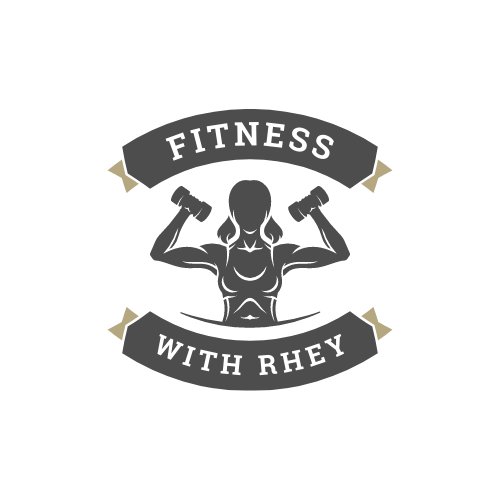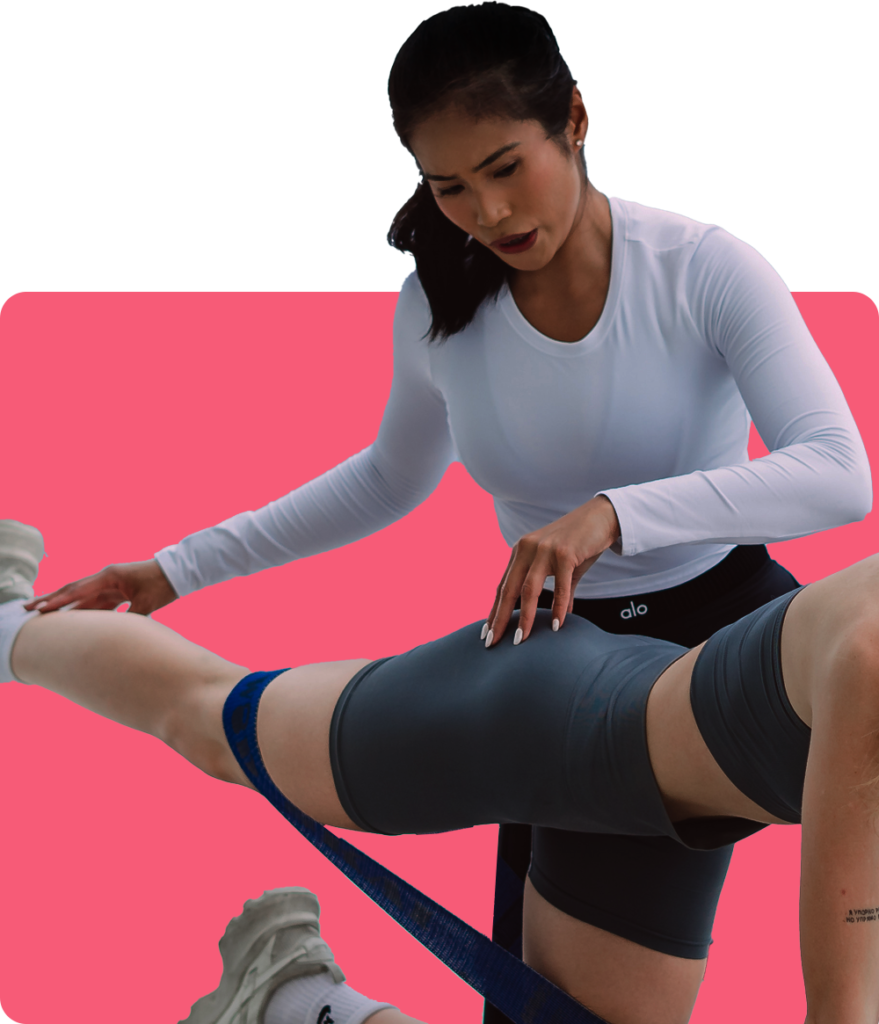Sarcopenia, from the Greek “sarx,” meaning flesh, and “penia,” meaning loss, is a term which was first used in the medical literature in 1988 to describe the age-related loss of muscle mass and function. Sarcopenia affects millions of people worldwide and is a significant contributor to frailty, disability, and decreased quality of life in older adults.
It is therefore a gradual process of ‘losing muscle mass’ that starts in our thirties and can become more pronounced by our sixties and affects up to 50% of individuals over the age of eighty.

Sarcopenia is typically accompanied by a decline in strength and function, making everyday tasks more challenging. Furthermore, it increases the risk of falls and fractures. Fortunately, sarcopenia is not inevitable and there is a way to slow it down or even reverse its effects with the right lifestyle choices. For example, regular strength training exercises can help maintain or increase muscle mass, improve strength, and enhance overall physical function. Additionally, a healthy diet rich in protein and other essential nutrients can also help promote muscle health.
By understanding what sarcopenia is and how it affects the body, we can take proactive steps to prevent and treat age-related muscle loss.
In this blog, we will discuss how to regain muscle mass on the legs and prevent sarcopenia.
If you’re aiming to prevent the signs of sarcopenia, it is vital to know strength exercises as this type of exercises can help regain muscle mass and improve strength and function, especially in the legs.
Here are two exercises that are effective in strengthening leg muscles:

Squats
Squat exercises are a popular strength training exercise that can help prevent muscle loss, especially in the legs. Performing squats engages several muscle groups, including the quadriceps, glutes, and hamstrings—all of which are essential for lower body strength and mobility.
Performing squats regularly greatly helps in stimulating muscle growth and prevents muscle loss associated with aging or inactivity. Squats also help to improve bone density, balance, and stability, among other benefits.
Since squats mimic movements we use in daily life (e.g., standing up from a chair or picking something up off the ground) they are highly functional exercises. By incorporating squats into our workout routine, we can improve our overall physical function and quality of life. Plus, we can expect lesser chances of the signs of sarcopenia.

Lunges
Lunges are a perfect exercise for building lower body strength and preventing muscle loss. Performing lunges utilizes multiple muscle groups including the quadriceps, hamstrings, glutes, and calves, to lift our body weight and move forward. When these muscle groups are engaged, muscle growth is stimulated and other surrounding connective tissues are also strengthened.
Most importantly, performing lunges regularly helps increase muscle mass and improve muscle quality, which helps prevent muscle loss associated with aging, hence, sarcopenia.
The body’s response to exercise is a complex process that involves muscle growth, repair, and adaptation. When we engage in resistance training exercises like squats and lunges, we create small micro-tears in the muscle fibers. The body then repairs these tears by building new muscle tissue, making the muscle stronger and more resilient.
Apart from regular exercise, there are several other lifestyle choices that we can make to prevent age-related muscle loss or sarcopenia. Here are some of them:
- Fix your diet: Consuming adequate amounts of protein, along with other essential nutrients such as vitamins and minerals, is crucial for maintaining muscle mass and function.
- Get enough sleep: Sleep is essential for muscle recovery and repair. Aim for 7-8 hours of quality sleep each night to support muscle health and overall well-being.
- Manage stress: Chronic stress can increase inflammation in the body, leading to muscle wasting and other health problems. Finding healthy ways to manage stress, such as meditation, yoga, or deep breathing exercises, can help protect against age-related muscle loss.
- Minimize liquor consumption and avoid smoking: Smoking and excessive alcohol consumption can both negatively impact muscle health and contribute to age-related muscle loss.
- Stay active: Engaging in regular physical activity, such as walking or standing up and stretching regularly, can help maintain muscle mass and function.
In conclusion, sarcopenia is a natural condition that affects millions of people around the world. It’s the condition where our we lose muscle mass as we age, leading to a decreased quality of life, frailty, and even disability. However, it is not an inevitable consequence of aging, and there are proactive steps to prevent it. The key to preventing sarcopenia is a healthy lifestyle that includes regular strength training exercises like squats and lunges, having a balanced diet, adequate sleep, stress management, and staying active. By incorporating these lifestyle choices into our daily routines, we can improve our muscle health, prevent age-related muscle loss, and maintain optimal muscle health as we age.







